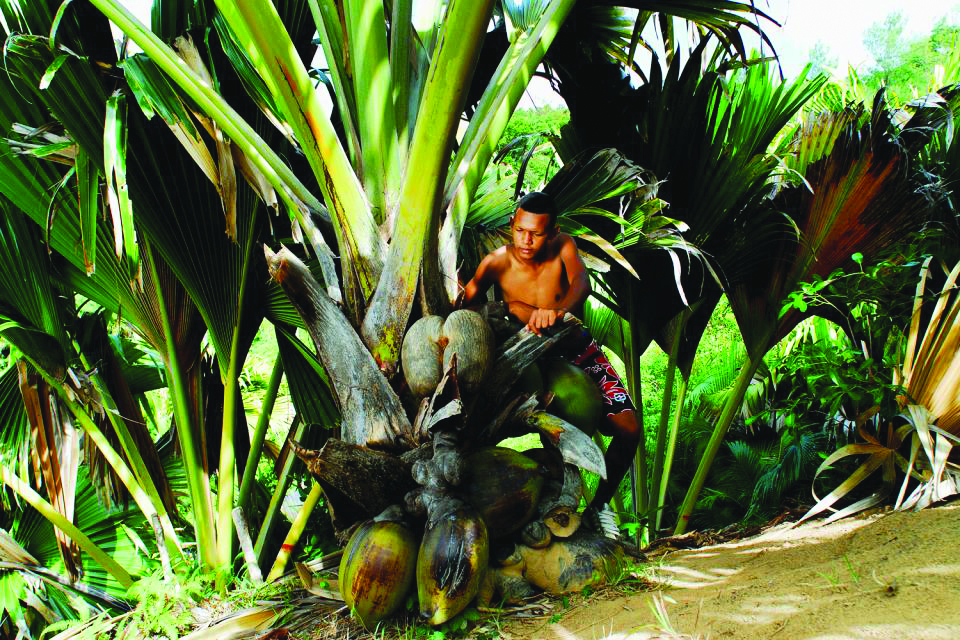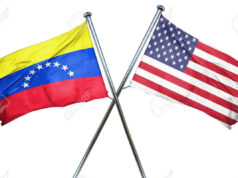Multi-ethnicity is reflected in the local architecture, whereby colonial past and functional concepts are mixed together
Seychelles culture is a mixture of almost every culture. They are the living examples of a diverse culture and ethnic groups that are a colourful blend of people from different race, religion, cultures and linguistics. The Cosmopolitan Seychellois has developed their unique ‘kreolite’ or the sense of being Creole from the French, Mauritians, East and West African, Indian, Arab, British, Madagascaran and other Asian cultures. These diverse cultures, at different points in history had come to Seychelles, carrying with them their distinct traditions and customs. This assimilation and influence of varied cultures can be noted throughout the domains of local art, cuisine, music, dance and architecture of the vibrant Seychellois culture. Due to its geography and history, the Seychelles ended up with a mixture of almost every culture. With 94,677 inhabitants, the Seychelles has ethnic roots from around the world in the fields or music, art, cuisine and dance. The majority of Seychellois are of African origin yet, some do have ancestors of European, Indian or Chinese origin. The impact that the cultural values and strategies have on them are noticeable as they took place over time resulting from colonization-decolonization, external influences of tourism, technology, and interaction with other creole cultures as well as from personal and culturally-based affinities.
Regardless of being monitored by the Portuguese and being visited by Asians, the French were officially the first to colonize the Seychelles, around the mid-1700. It was in 1756 that they took control over the islands. After this, the islands were named after the then French finance minister, Jean Moreau de Séchelles. Now most of the population on the islands speak French, other than Seselwa and English. Even after all this, it was under the British rule that the Seychelles prospered. This was around the late 1700’s and early 1800’s, during the time of the French Revolution and Napoleonic Wars. The 1814, Treaty of Paris saw the surrendering of the Seychelles to Britain and it became a crown colony separate from Mauritius in 1903. Under the British, the islands transformed economically and saw the growth of the coconut, sugar cane, and tea plantations. Cinnamon and vanilla were also widely cultivated. The Seychelles was granted independence from Britain in 1976, which was closely followed by a coup and eventual socialist rule.
The locals are known as Seychellois and their ancestors are a combination of African slaves, West Indian Creole, Asian traders, and a mix of British and French settlers. The language is a unique offshoot of Creole and they have developed intriguing music that features lots of drumming, dance and dress, which are best seen during one of the main festivals, such as the Creole Festival. Arts and crafts are prominent, too, with painted silk fabrics popular items to see in the galleries or souvenir shops. Basket ware and textiles are also in evidence, along with jewellery and gifts crafted from coconut shells. Pottery items and sea shells are also popular.
Melody of the soul and heart
Seychelles is a melting pot of different styles of traditional music and dance that reveal the culturally diverse background of the nation’s history. A traditional dance, ‘Moutia’ is accompanied by a chorus of Madagascan or African rhythm, ‘Sega’ a hugely popular music and dance style, which historians believe originated from the slave population on Reunion and Mauritius, before it spread to the rest of the Seychelles. Other dance forms like ‘Kanmtole’, ‘Maloya’, ‘Seggae’ and ‘Zouk’ are also prevalent on the islands. Few of these dance forms date the early 19 century and are a mixture of varied art forms. These very distinctive musical traditions, have made fans all over the world.
The music of the Seychelles is diverse. The folk music of the islands incorporates multiple influences in a syncretic fashion, including African rhythms, aesthetic and instrumentation—such as the zez and the bom , European contredanse, polka and mazurka, French folk and pop, sega from Mauritius and Réunion, taarab, soukous and other pan-African genres, and Polynesian, Indian and Arcadian music. A complex form of percussion music called contombley is popular, as is Moutya, a fusion of native folk rhythms with Kenyan.
When talking about the religion in the Seychelles, the most dominant religion is Catholicism. Almost 90 percent of the population in total follow the same. While the island also has Hinduism and Islamism. In May 1992, a Hindu temple, the Navasakti Vinayagar Temple, was consecrated on the island of Mahé, and there are an estimated 1.500 people living on island, of Tamil decent.
Treat for the Taste buds
The local cuisine simply cannot be missed. Its influence revolves around the multi-ethnic aspect of Seychelles. Curry originating from India, rice and ginger from China and France leaving behind all the aromatic assortments in terms of garlic and herbs make up the local cuisine close to perfection. Foods ranging from roasted octopus and other dishes prepared with coconut milk are the main specialties of the Seychelles. As an accompaniment, you will also want to taste the local beer or other alcohol specialties of the islands. Upper-class Creoles eat meals that consist of both fish and meat. Alcoholism has been prevalent, partly because the plantations used drinks as payments and incentives. Among the working classes drinking tended to be solitary. A typical drink is palm wine, fermented sap tapped from coconut palm fronds. Fish are served grilled, depending on their type, but can also be fried or baked, or diced and prepared as a curry (curries make up a staple of Seychelles cuisine). Grilled fish with a Creole tomato or chilli sauce, or as a delicious coconut milk curry, make for some unique culinary treats. Chicken or pork can also be used as the basis for curries. Rice, vegetables, and often spicy sauces are served as side dishes. In addition, manioc, potatoes, breadfruit and chutneys made from native fruits such as papaya are served. Some of the favourite dishes are tamarind chutney, coconut fish curry and shredded green papaya salad.
Then you have the Caris masala, which is based on the Indian word curry. It is a blend of vegetables, meat or fish and masala, which is a combination of coriander, fenugreek, cumin, cloves, mustard seeds and saffron. Another eatable are the Chatinis Seychellois, which is crushed chilies, ginger and garlic. Pulao, which is rice cooked with fish, meat or vegetables is also a dish which is widely found in the island.
Then when Chinese merchants settled in the Seychelles they brought a whole new dimension of flavours including pork curry and giant crab soup made with sweet potatoes and citronella. This created a new story of flavours and addition to the already multifaceted diverse culture. Among the islands, the ocean’s abundant reserves of seafood, and the islands’ ample harvest of fresh vegetables and fruits one can find a unique, innovative and true gourmet flair that can guarantee to seduce the most refined palates in the world.









